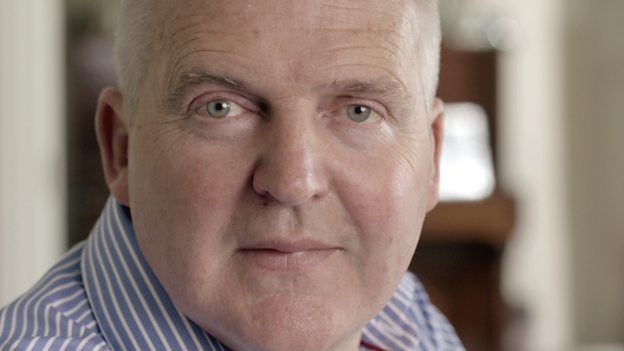We need to know more about death – and that means seeing it on TV


As anyone who has witnessed the death of a loved one knows, the moment at which life ends is both profoundly shocking and yet also deeply normal. It is, in an intangible way, always there with us.
Death, in modern society, is also a private and intimate thing. The expectation it should be shared only by those closest to the dying must be what motivated anger at the broadcast of the last moments of Simon Binner’s life on the BBC2 documentary How to Die: Simon’s Choice on Wednesday night.
The programme followed Binner’s decision to take his own life at the Eternal Spirit Foundation clinic in Switzerland after his health declined due to motor neurone disease. It was not easy to watch, especially as his wife appeared so conflicted (as one might expect) by his choice.
In the end, the most challenging moments were cut from the show after criticism before it was even broadcast. Viewers were allowed to witness Binner’s last message to his wife and watched him flick the switch that administered a lethal dose of anaesthetic. What was not shown, however, was any image of his body after death, or parts of a pre-recorded interview with nurses at the clinic explaining what the drug would do to his body to end his life. The edits were reportedly made after complaints from the Samaritans over it containing detailed guidance regarding suicide, so scenes fell to the cutting room floor. But what was achieved by that?
For those who haven’t been touched by death or serious illness (and even for many who have), understanding the facets of the assisted dying debate can be difficult. After all, unless you’re there alongside a relative or friend, how can we know what happens in that room? Would it be something we could cope with ourselves? Would we support a relative who chose that course? And without including that critical final moment, any journalistic exploration of assisted death – however touching and insightful – fails its viewer; we remain in the dark about what it looks like when the darkness descends.
It’s not as if this would have been the first time that assisted death had been shown on television. First broadcast in 2011, a documentary fronted by Terry Pratchett – who was, at that time, wrestling with the question of how to die well, knowing that his own dementia was progressing – involved a scene where the author watched 71-year-old hotelier Peter Smedley end his life at the Dignitas clinic, also in Switzerland.
Perhaps ill-advisedly, I watched that programme the night before attending a funeral. It was a gut-wrenching watch, and subtly changed my own views about assisted dying. Before I saw it, I had been firmly in favour of the right to choose. But I was shocked by how dramatic and apparently uncomfortable “slipping away” was, when forced by one’s own hand. Though I still believe that we are all entitled to our autonomy, that scene was brutal. I knew from that moment, whatever my hardships, it wouldn’t be right for me, and I’d struggle to agree to support a loved one if they took that course of action.
This is not intended to pass judgement on others’ personal decisions, but to defend the right of all storytellers – writers, documentary-makers, broadcasters – to tell that full story.
Death on film is not the most gross form of reality television, it is an education. It’s not just the MPs who rejected a bill to introduce assisted dying last year who need to understand what death looks like but all of us, if we are to ever drawn our own moral conclusions.
Join our commenting forum
Join thought-provoking conversations, follow other Independent readers and see their replies
Comments